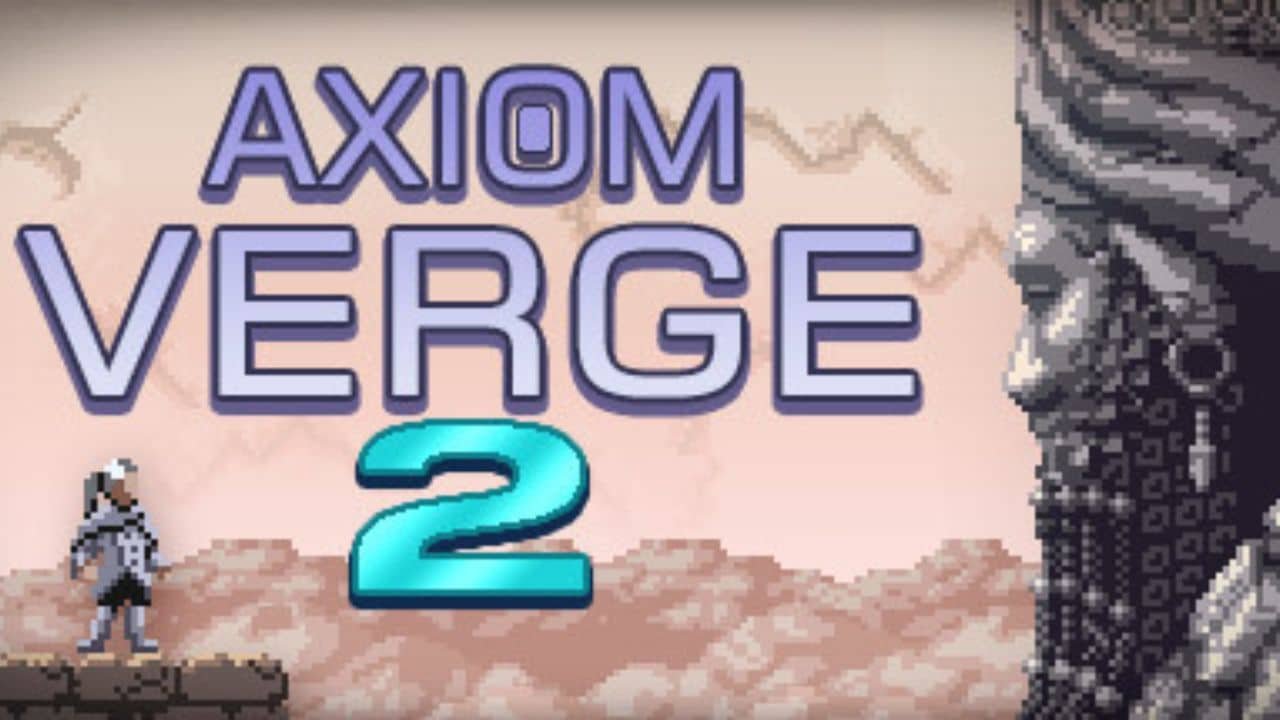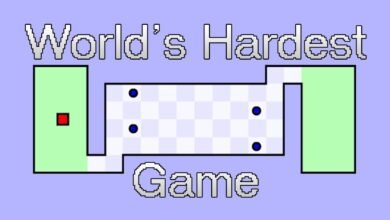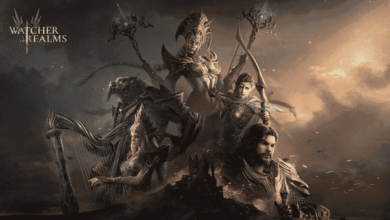
Axiom Verge 2: A Bold Metroidvania Evolution
The release of Axiom Verge 2 is not only a sequel but a major change in the concept of what can turn a game into a cult hit in the Metroidvania genre. Developed single-handedly by Thomas Happ, this successor of the original game changes the pixel-heavy, glitch-punk aesthetic of its predecessor to something equally mysterious but still surprisingly different. Along with the new gameplay mechanics, an updated art style, and a completely different protagonist, Axiom Verge 2 even goes as far as to create a new niche for itself.

The Story: Mystery, Multiverses, and Machines
You play as Indra Chaudhari, a billionaire tech CEO on a desperate quest to find her missing daughter. Her journey begins in a remote Antarctic base but quickly turns metaphysical. After encountering a strange portal, Indra finds herself in a parallel dimension called Kiengir, inhabited by ancient machines and remnants of a forgotten civilization. When Indra dies early in the game, she discovers she can rematerialize through urn-shaped statues scattered across the map — introducing a powerful theme of identity and transformation.
While the story flirts with philosophical and sci-fi elements, the narrative is intentionally minimalistic. Lore is sprinkled through optional terminals and cryptic messages, and few NPCs populate the world. This gives players the freedom to explore and interpret events on their own terms. However, some players may find Indra’s emotional detachment a bit off-putting — her aloof demeanor makes it harder to invest emotionally in her quest.
A Vast, Layered World
Like all good Metroidvania games, Axiom Verge 2 thrives on exploration. Its vast 2D world is interconnected and nonlinear, revealing more secrets as you gain new abilities. While some have compared it to Breath of the Wild for its sense of freedom, it’s more accurate to call it a refined evolution of the traditional Metroidvania structure, with a few welcome twists.
What makes the game exceptionally innovative is the Breach concept — a hidden, virtual duplicate of the main map. With portals and a special drone, players gain access to this other world whose minimalistic design strikes a sharp contrast with the more colorful, bright main world. The Breach acts as both a puzzle space and narrative layer, adding depth to exploration and gameplay.
Drone Mechanics: A Game Within a Game
The drone in Axiom Verge 2 is more than just a gimmick — it’s a core gameplay component. Indra can launch this remote-controlled bot to access tight spaces, bypass security systems, or explore the Breach. As the game progresses, the drone gets a variety of upgrades that enhance mobility and functionality, such as phase-shifting or teleportation.
Interestingly, by the game’s later stages, many players may find themselves preferring the drone over Indra herself. While Indra’s upgrades are serviceable, they’re relatively limited compared to the drone’s versatile toolset. This intentional imbalance shifts gameplay focus and encourages players to think creatively with their dual-tool system.
Combat: A Mixed Bag
Combat in Axiom Verge 2 is where opinions start to divide. The original game leaned heavily on projectile-based gunplay, but the sequel goes all-in on melee combat. Indra fights with axes, boomerangs, and other close-range weapons. There’s also a robust hacking system that lets you manipulate enemy drones — confuse them, disable their targeting systems, or even turn them into allies.

Although the hacking feature is a good strategic aspect, the close combat aspect of the game feels a little awkward. There is no dodging, parrying, or proper evading mechanism, which transforms the majority of enemy engagements from entertaining to extremely annoying. Hostiles come in droves and they are not bothered by spacing issues, and as the combat system barely delivers any response or elegance, it all comes down to bashing the buttons for most battles.
To balance this, the game includes accessibility options — you can adjust enemy damage, your health, and even the game speed. This makes the game more accommodating to different skill levels and play styles.
Optional Boss Fights: Risk vs Reward
One of the more unique elements of Axiom Verge 2 is how it treats boss fights. Unlike many Metroidvanias, most of the bosses here are optional. These massive mechanical guardians offer tough battles and drop skill points upon defeat, which can be used to enhance Indra’s stats. However, players can completely skip them without impacting the core story.

This design choice promotes freedom — if a boss feels overwhelmed, players can come back later with better gear. Unfortunately, the mandatory boss fights are much less exciting. Since respawn points are often located right next to boss arenas, they lack tension and can feel repetitive or dull. It’s a puzzling decision in an otherwise well-balanced game.
Exploration Over Combat
Axiom Verge 2 puts exploration front and center, rewarding curiosity over brute force. Hidden paths, puzzle rooms, and environmental storytelling dominate the gameplay loop. The joy comes not from defeating enemies, but from discovering clever ways to bypass them or uncovering a hidden cache of upgrades.
Having said that, the process of navigating the dual-world system could, at some point, make you uncertain. Not every time the map helps you to understand where your next goal is and going back through the zones that you have already covered can be a bit of a drag, especially when you are not sure about what the upgrade or path you needed was.
Visuals and Sound Design
Axiom Verge 2 sports a more detailed pixel art style while cutting a cleaner outline contrast to the glitch-heavy visuals of the previous game. The game is designed in such a way that each region pops out differently, allowing for varied sets of environments, such as the wintery caves, the ancient temples, and the dark void of the Breach. The characters are perfectly animated, and the user interface is neat and that’s what makes exploration more immersive and intuitive.
Sound design is equally deliberate. The soundtrack blends retro synths with ambient tones, shifting subtly as you move between worlds. While less intense than the original’s score, the music fits the tone of this slower, more thoughtful game.
Upgrades and Progression
Upgrades in Axiom Verge 2 don’t just focus on raw power — many improve your mobility and versatility. For instance, the drone can phase through walls, cling to surfaces, or teleport, while Indra eventually gains climbing and swimming abilities. The upgrade system is tied to skill points, which can be spent on health, hacking, combat, or drone efficiency.
Despite some progression being satisfying, many players feel Indra’s upgrades fall flat compared to the drone’s vast arsenal. By mid-game, the drone feels like the real protagonist — and perhaps that was the developer’s intention.
Final Verdict: A Sequel That Stands on Its Own
Axiom Verge 2 is not a mere redo of the original but instead, the game is a daring, and at times, controversial move to the new road. Such components as exploration, hacking, and the ability to travel between two different worlds are the game’s distinctive features in a world of Metroidvania overcrowded with similar projects. Though some may find its battle mechanics unsatisfying, its creative building of the world and the mysterious way the story is told recommend it to fans of the genre.
Whether you’re here for the lore, the labyrinthine maps, or just to pilot a drone through a broken dimension, Axiom Verge 2 offers something uniquely rewarding — even if it takes a little patience to unlock its full potential.



